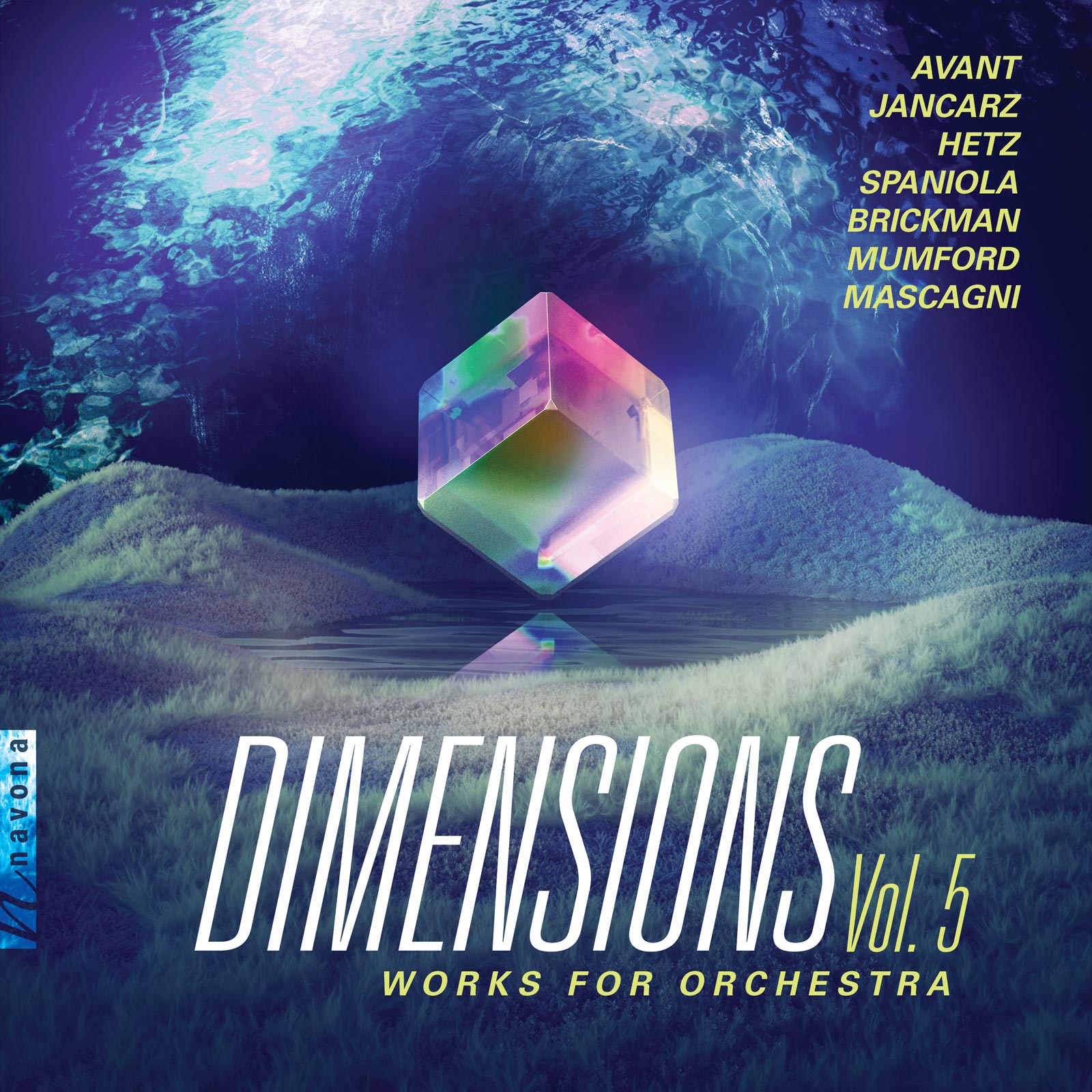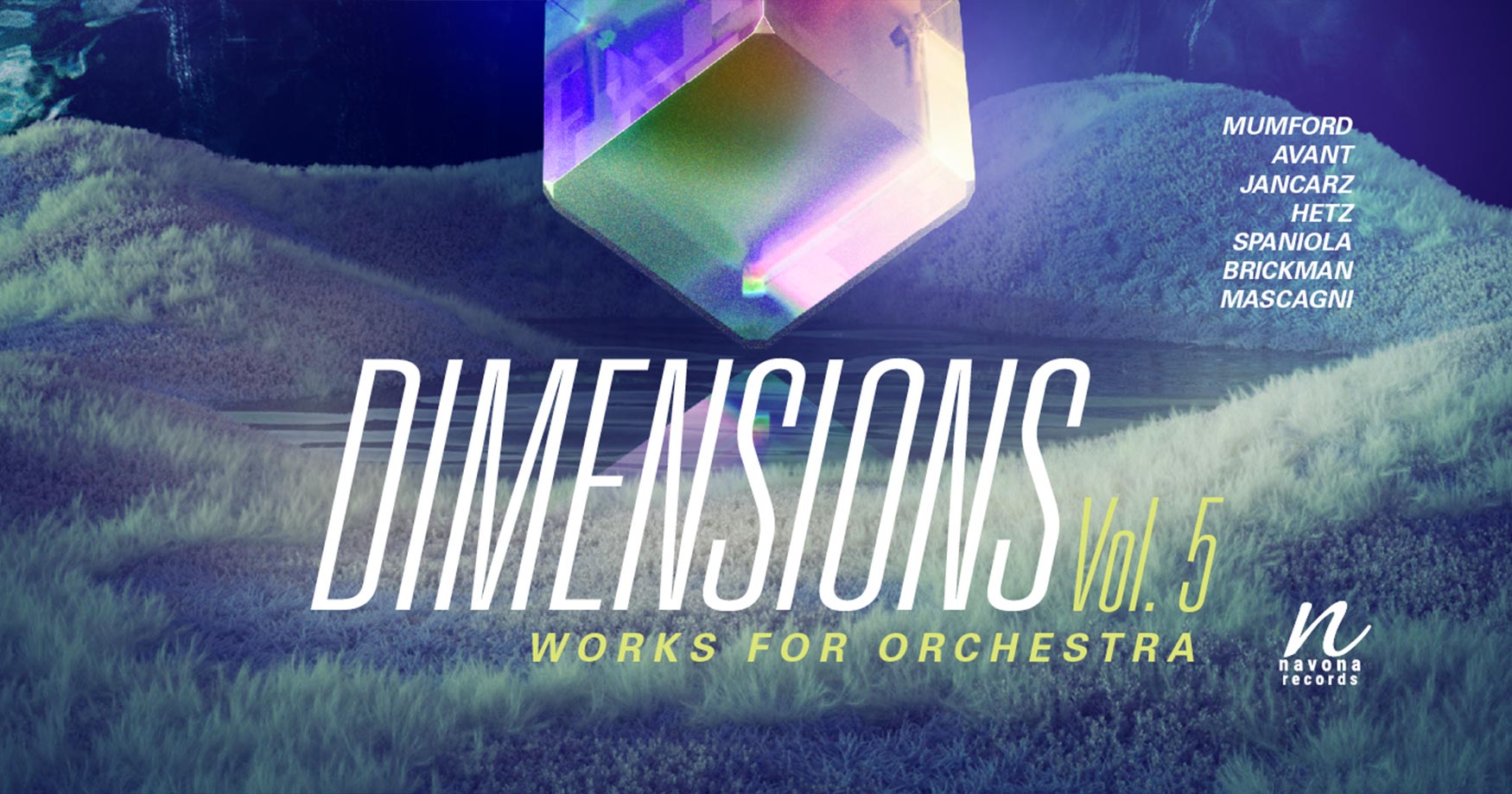
Leveraging musical passion and orchestral ferocity, DIMENSIONS VOL. 5 offers listeners a broad example of some of the most exciting orchestral music from today’s contemporary composers. These orchestral pieces showcase a broad range of innovative compositional styles featuring traditional and modern influences, drawing inspiration from an opera about a mystical wolf, moments of uncertainty and reflection in life, the music of Handel, and traditional Latvian folk music, just to name a few.
PARMA Senior Content Writer Shane Jozitis recently connected with the composers of DIMENSIONS VOL. 5 to learn about the inspirations, processes, and realizations behind their works. Read on for an exclusive deep dive into the creative minds behind this Navona Records release.
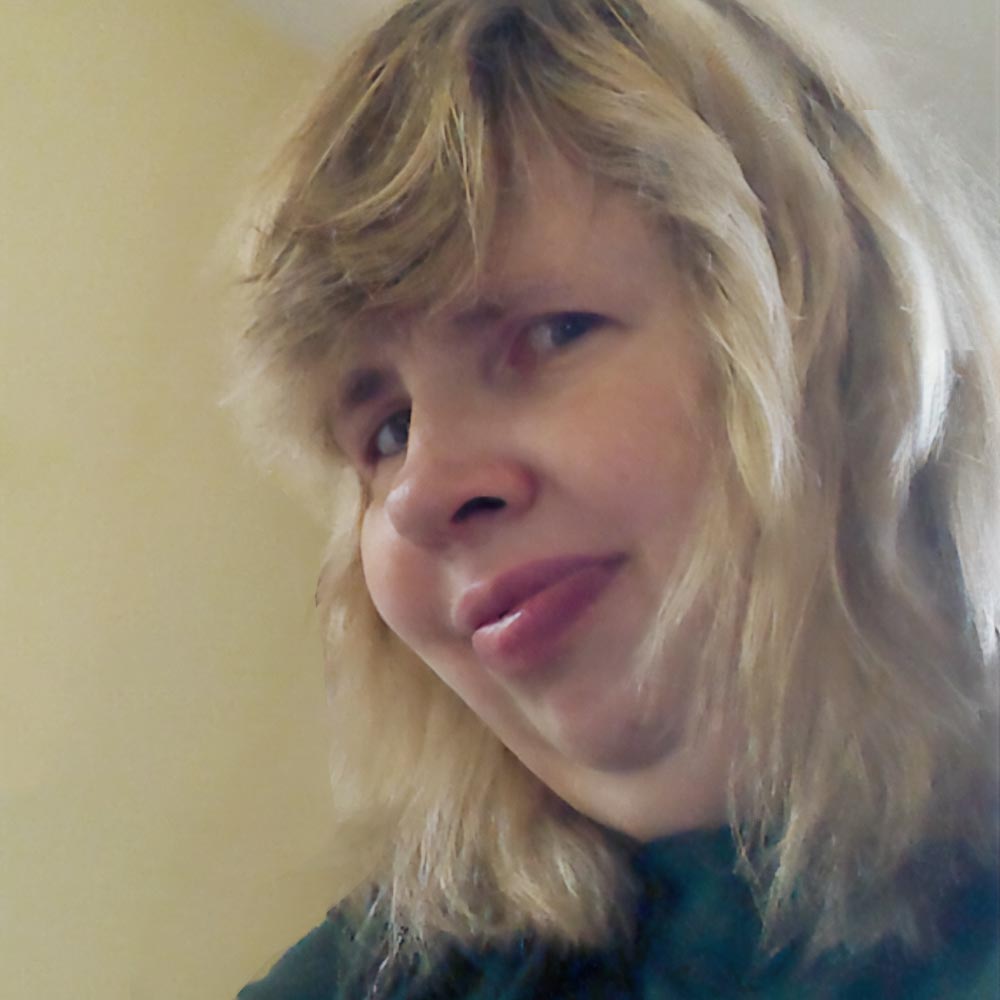
Christine Jancarz (CJ)
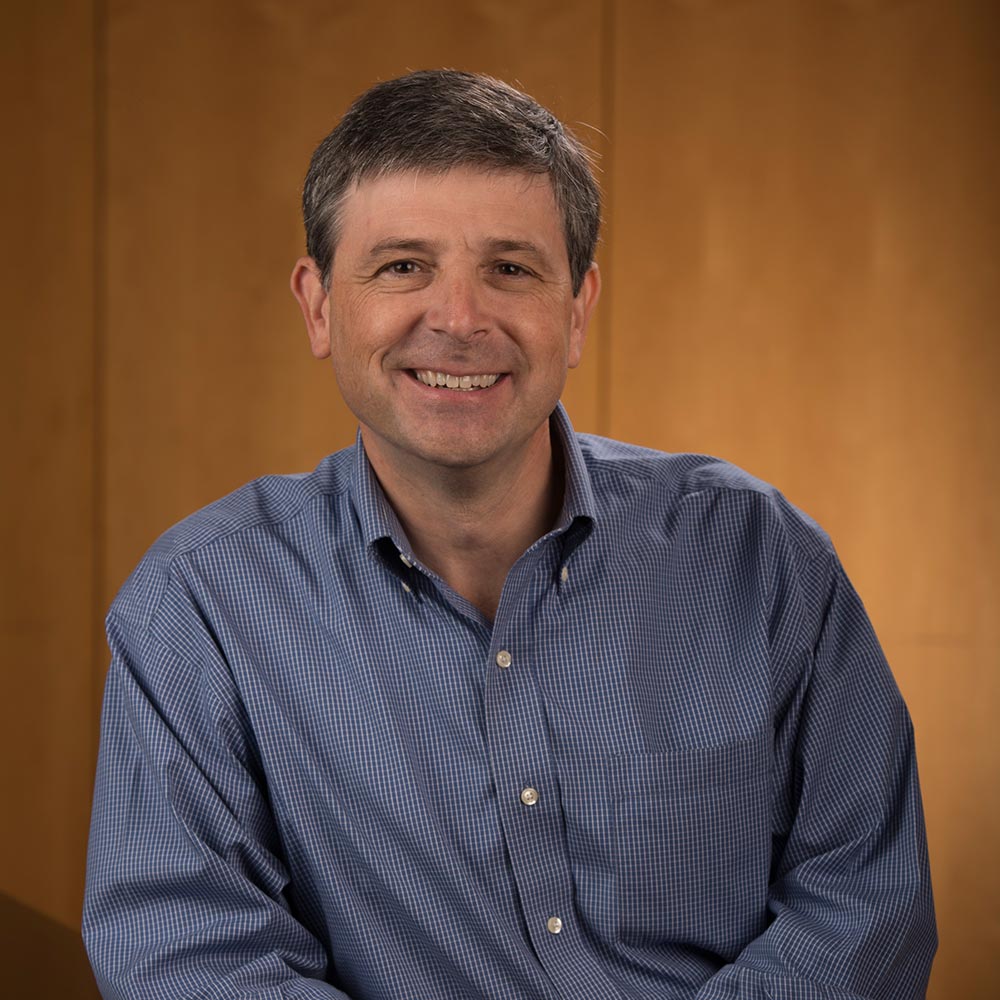
Joseph T. Spaniola (JS)
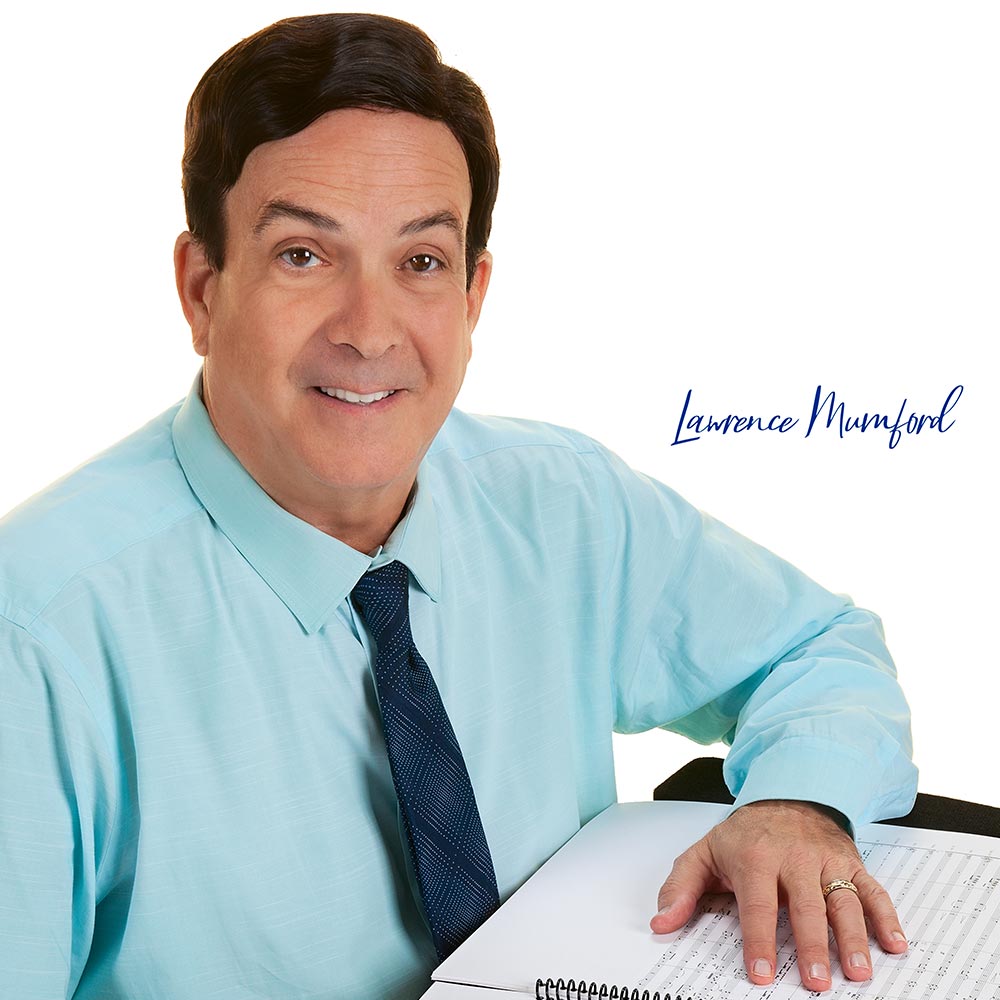
Lawrence Mumford (LM)
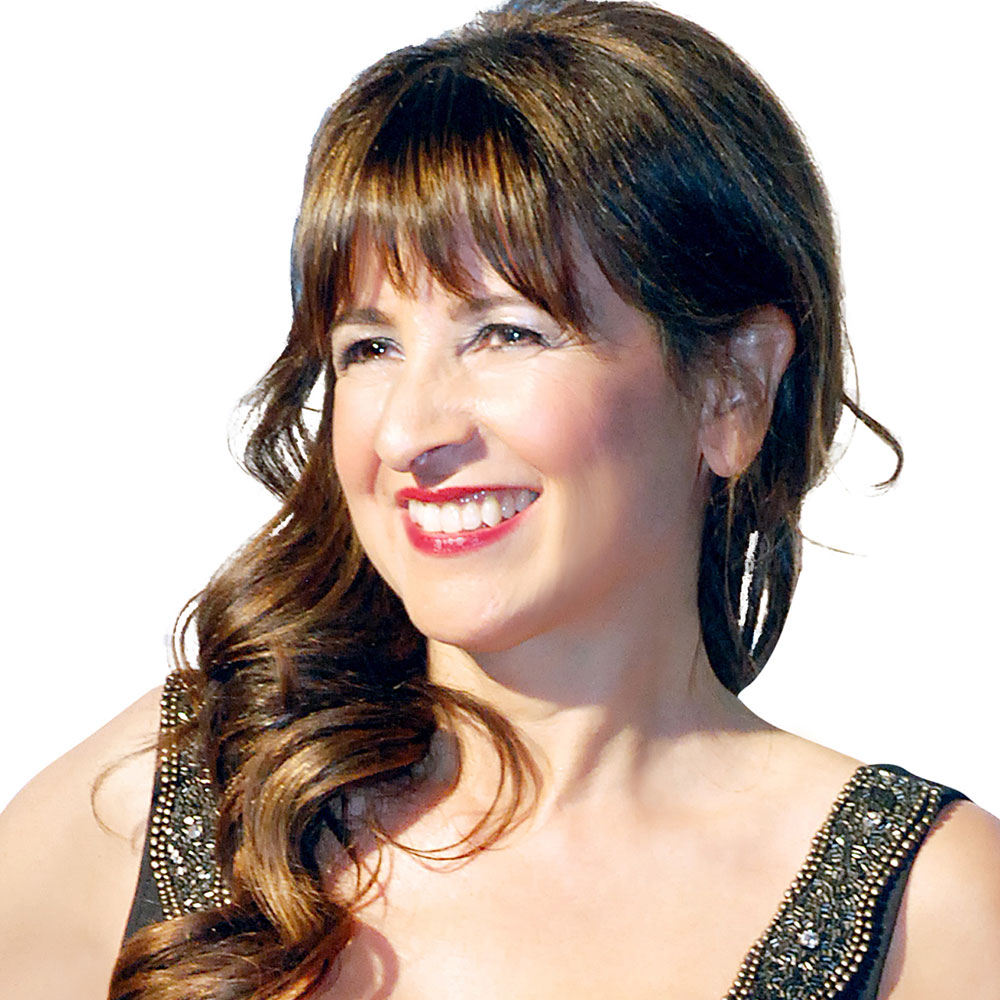
Nan Avant (NA)
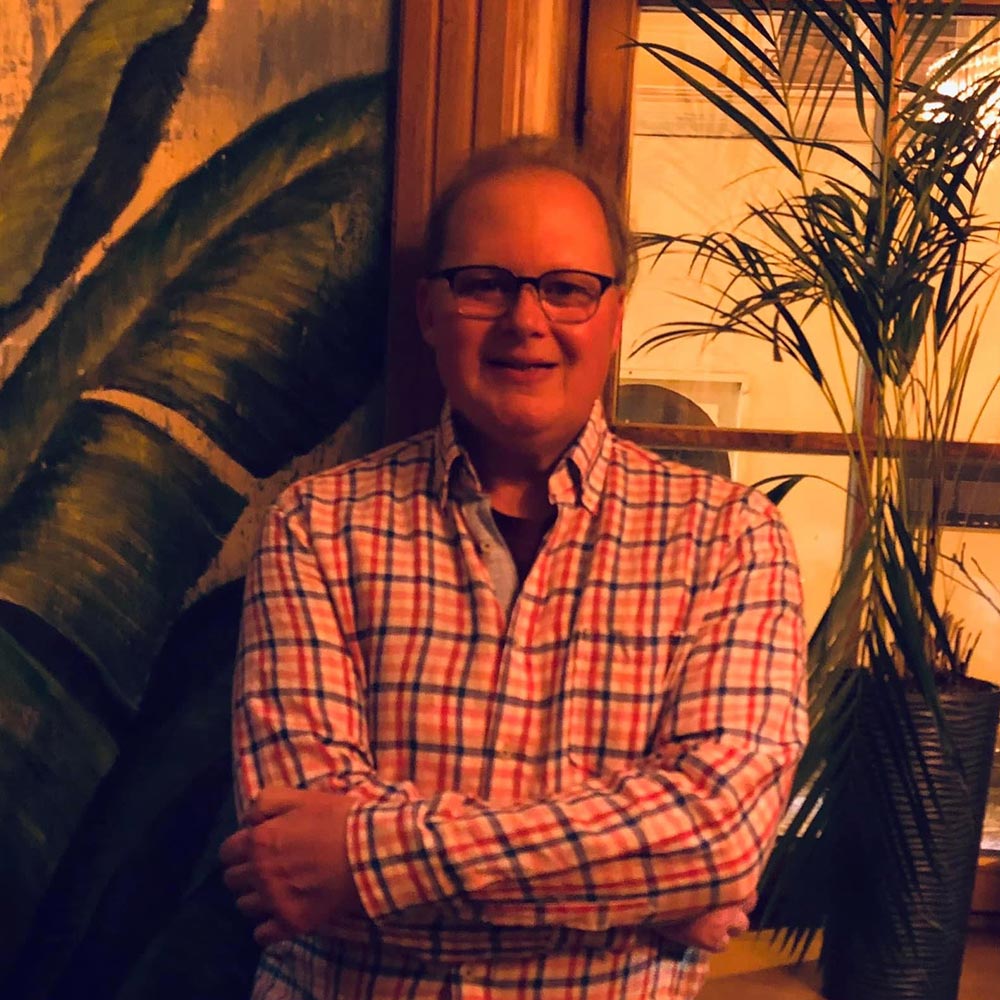
Scott Brickman (SB)
As a composer, what is the most important thing you’ve learned about writing works for large ensembles? Do you actively think about the lengthy tradition behind you, or do you approach it completely fresh?
NA: An important element in writing for large ensembles is to be sure that what I am orchestrating is a technique that can be performed. If I have questions in the writing process, I often take private lessons with, for instance, a percussionist or harpist, and give them examples of what is being considered. It needs to be idiomatic to their instrument but sometimes the ideas I am considering will be a technique that is out of their standard idiom and I need their advice. I do try to approach composing or orchestrating with new ideas or concepts as I keep in mind that “lengthy tradition” and evaluate the best approach in orchestration. My “go to” composers for that tradition are Ravel, Debussy, Beethoven, Messiaen and many others.
LM: I am aware of the lengthy tradition every minute that I am composing, particularly with regard to American composers. I am not only constantly striving to respect that tradition, but also trying to, successfully or not, refresh it. I have had the privilege of some radio airplay in both popular and classical styles. It occurred to me that popular musicians are basically competing with other living artists, but writing for orchestra or choir puts you in competition with about 500 years of great masters!
When was the first time that you can remember an orchestra, ensemble or piece, make an impression upon you?
SB: Seji Ozawa and the Boston Symphony on Chicago Public Television ca. the late 1970’s performing Ives, Stravinsky, Schonberg. Also, when I was in High School my music class often went to special Chicago Symphony Orchestra concerts for students. I remember hearing Varese’s Ionisation at one of these. In 1981 or 1982 my Dad took me to hear The CSO play Elliott Carter’s Symphony of Three Orchestras. Wow!
JS: Music was virtually omnipresent growing up — the Stan Kenton Band, the Gerry Mulligan Quartet, George Shearing, the Four Freshman, among many others. But the first album I purchased was Chicago V. The writing, horns, energy, and extended instrumental passages drew me in. Shortly after, I started playing the trombone in my school’s band and I was hooked — hungry for all kinds of musical experiences. I sought opportunities to play in a jazz ensemble in a neighboring town, a youth orchestra in the closest “big” city, and toured Europe twice with a national youth orchestra and symphonic band. The more I played and the more kinds of music I investigated, the more I was drawn into music. This propelled me into arranging, then composing. After all these years, music continues to be my welcoming friend, inviting me in to explore and express my thoughts, ideas, and emotions. The destinations are only limited by my imagination.
If you were to compose a piece for orchestra that explores a specific theme or concept beyond traditional musical expressions, what would it be and how would you convey it through the orchestral palette?
SB: Gee, why don’t you ask me a difficult question (hah, hah, hah!). In some ways I always do that. Even when my orchestra music doesn’t have an explicit, public program, it has a personal program, even if it is a general concept or feel. Certainly, I use specific instruments to evoke particular concepts. I associate certain instruments and instrumental combinations with a meaning. Latvian music means 1) double reeds imitating their bagpipe tradition 2) The bass drum evoking various pagan music repertoire and 3) solo strings recalling various traditional dance music. I think I could go on, but you get the point.
NA: I composed a chamber orchestral work for a concert program centered on the Universe in Seattle. I had the opportunity to discuss this monumental subject of the Universe and the Nebulae with an Astrobiologist from the University of Washington. The subject of dust between stars, the gas and dust forming galaxies, accompanied by Hubble and NASA’s beautiful images from space, led me to write an orchestral work titled Bijoux (the Nebulae). In a segment of Bijoux I wanted to convey the mechanism involved in the creation of the Orion nebula. I heard this as a mechanical feature and percussion instruments seemed the best approach to this idea. I met with a percussionist to discuss the best options. He demonstrated to me the steel plate (usually orange construction plates used on construction sites), bell plate (played with rawhide chime hammers), and bamboo sticks and an anvil (with tie down bars played with steel hammers, ball peen or claw hammers). These instruments became the mechanical element in the Orion theme and the result was exactly what I had anticipated, rich strings with melodic lines and a mechanical element in the background. There is a lasting effect from writing this piece. Whenever I drive near a road construction site, I look for orange steel plates and think of Bijoux.
LM: I have always wanted to write something in moto perpetuo. There is a slight difference between this and a work in the minimalist style, since the former usually presents a tension between a melodic design and an underlying ostinato accompaniment — a relationship not as commonly found in minimalism. For example, the last movement of Samuel Barber’s Violin Concerto contains unrelenting motion, but at the same time there is an overriding and nonrepetitive melodic concept at work. In my piece, at least so far, the design is turned upside down so that the accompaniment provides the perpetual motion while the upper voices state brief melodic bursts.
CJ: I often use outside influences to inspire my music. One of my inspirations for my music has been my dogs. Recently, I composed a string quintet called Sadie’s Day Out; it was inspired by my dog Sadie’s swim therapy. It started out as a violin solo piece, which inspired the expansion to the quintet. The form of the work represents the different parts of her water therapy from excitement of going to the pool, to a relaxing water massage, to playful swim time. I am currently developing this work into a piano trio.
A movement of my work, Symphonic Imagery is based on my dog Brandy, who could be sweet and affectionate, but had a moody and changeable personality. I portrayed this by starting the theme innocently with flutes and oboes, then I created a change of mood by combining clarinets, harp and tremolo strings, then ending the theme with bassoon and contrabassoon, which represented growling. Another example in this movement was the use of fast staccato trumpets to portray her tail, positioned over her back, in a fast “twitch-like” wagging motion.
How do you approach the individuality of each instrument while maintaining a cohesive musical narrative? Are there any unconventional instrumental combinations or extended techniques that you like to explore to create unique sonic textures or colors?
JS: It is exciting to learn the capabilities of an unfamiliar instrument and to find appropriate ways to incorporate those capabilities into the vision for a new piece of music. I enjoy writing for specific musicians be it in a chamber or large ensemble setting. During my tenure as the Chief Composer/Arranger for The U.S. Air Force Academy Band, I was able to write knowing the unique capabilities and strengths of every player in all 10 of our performing ensembles. Writing with knowledge of each instrument is one thing, but going beyond that to knowing the capabilities of each specific performer is a rewarding creative setting for me. The performers seemed more engaged and animated. Additionally, many of the members of the band had hidden talents on a variety of less common instruments. Expanding the sonic palette when appropriate was rewarding for all involved — composer, performer, and audience.
CJ: I think it is important to have repetitive elements in music to create cohesion. I think of how I want the music and mood to unfold and consider an instrument or combination of instruments that might convey that mood. A composer might change an element slightly, or use different instrumentation for variety. I think it is important to have recognizable patterns that recur in music, which could be, for example, melodic, rhythmic, or unique instrumental combinations.
Percussion is something I like to use to create unique sonic textures. When combined with other instruments they can create a unique tapestry of sound. One extended technique that I like to use is placing an inverted cymbal on a timpani; then rolling on the cymbal with mallets, while simultaneously using the pedal to emphasize different frequencies.

Storytelling is an important aspect in much of the music of American composer Christine Jancarz. Her recognizable melodies and rhythms are similar to the main characters of a novel, and along with aspects such as orchestration attempt to convey a narrative. Recurring melodies and rhythms are easily identifiable; like characters in a book, they become familiar. Much of her music is influenced by rock, jazz, and classical styles. She also frequently uses counterpoint, and mathematical concepts in her works, such as her Melodic Matrix series for solo instruments.

Nan Avant’s music embraces thematic and rhythmic intentions often reflecting her Latin heritage, encompassing her passion for classical, jazz, world, and ethnic music. Avant’s music has been honored with numerous accolades and awards including her most recent recordings on the Navona Records label with the London Symphony Orchestra, the Royal Scottish National Orchestra and the Zagreb Festival Orchestra garnering her three Silver Medals in the Global Music Awards 2022–2023, The American Prize: Winner – Pops/Light Orchestral Composition 2023, and Winner in two categories of the Clouzine International Music Award 2023.

Joseph T. Spaniola is a composer on a passionate quest to engage the hearts and minds of audiences and performers through the communicative powers of music. Spaniola is active as a composer, arranger, educator, conductor, lecturer, producer, clinician, and adjudicator. He has composed works for band, orchestra, chamber ensembles, solo instruments, voice, choir, and electronic tape. His works have received honors from National Band Association, The American Prize, Global Music Awards, Florida State Music Teachers Association, Dallas Wind Symphony, and others.
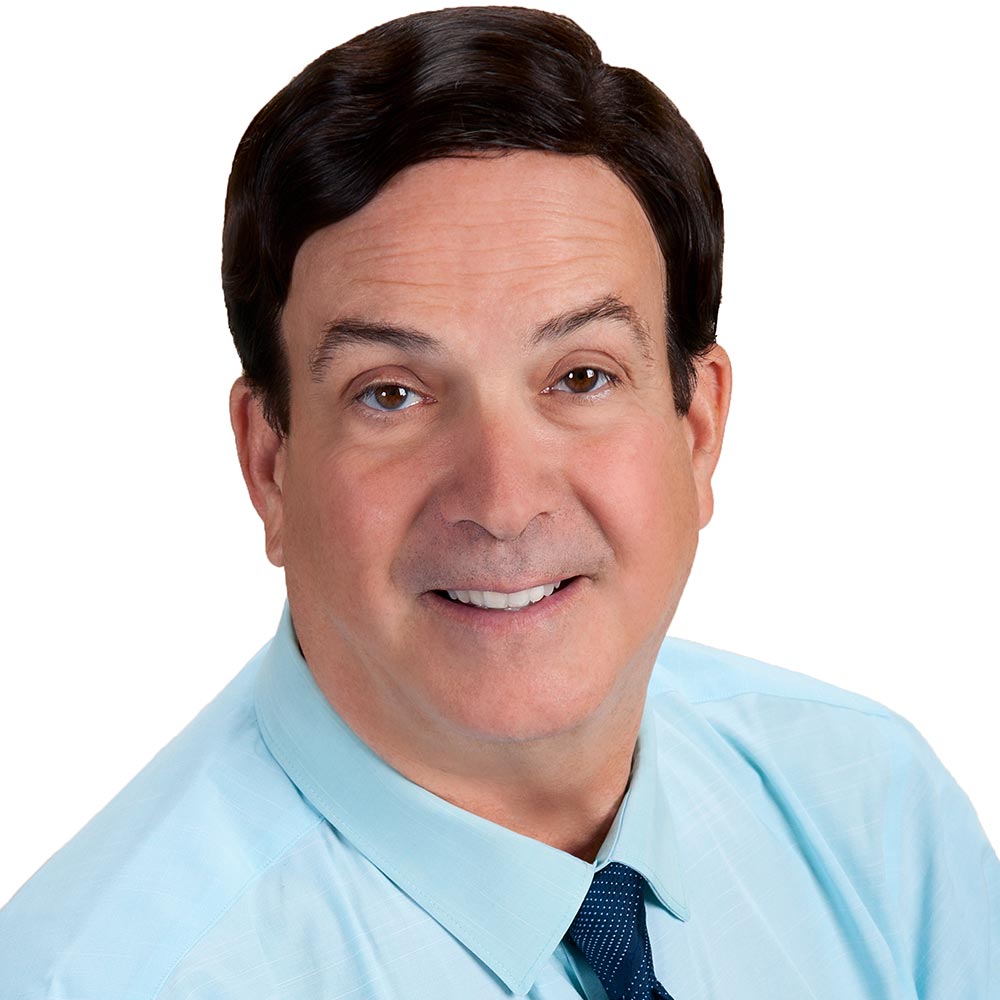
Lawrence Mumford's music, published by eight different companies, has premiered in cities across the country. Movements from his Symphony No. 4 have recently become a part of the broadcast libraries of the largest classical radio stations in Boston, Washington DC, Cleveland, Los Angeles, San Francisco, and other cities, and have been played repeatedly — even being included in two stations’ “Ultimate Playlist.” This music is also available on major streaming services including Spotify, Amazon Music, and Apple Music.

Scott Brickman (b. 1963, Oak Park IL) is passionate about sports, his Baltic and Slavic ancestry, and culture. He loves traveling through Central, Eastern, Northern Europe, and Canada, which is a mere kilometer from where he currently lives.
Currently he is Professor of Music and Education at the University of Maine at Fort Kent where he has taught since 1997. Though scholarship has not been the focus of his activities, he recently presented papers on set theory, jazz history, and music education in Strasbourg, France, Lviv, Ukraine, and Liepaja, Latvia respectively. His orchestral music has been performed and recorded by ensembles in Croatia, Czechia, Moldova, Poland, and Ukraine.
